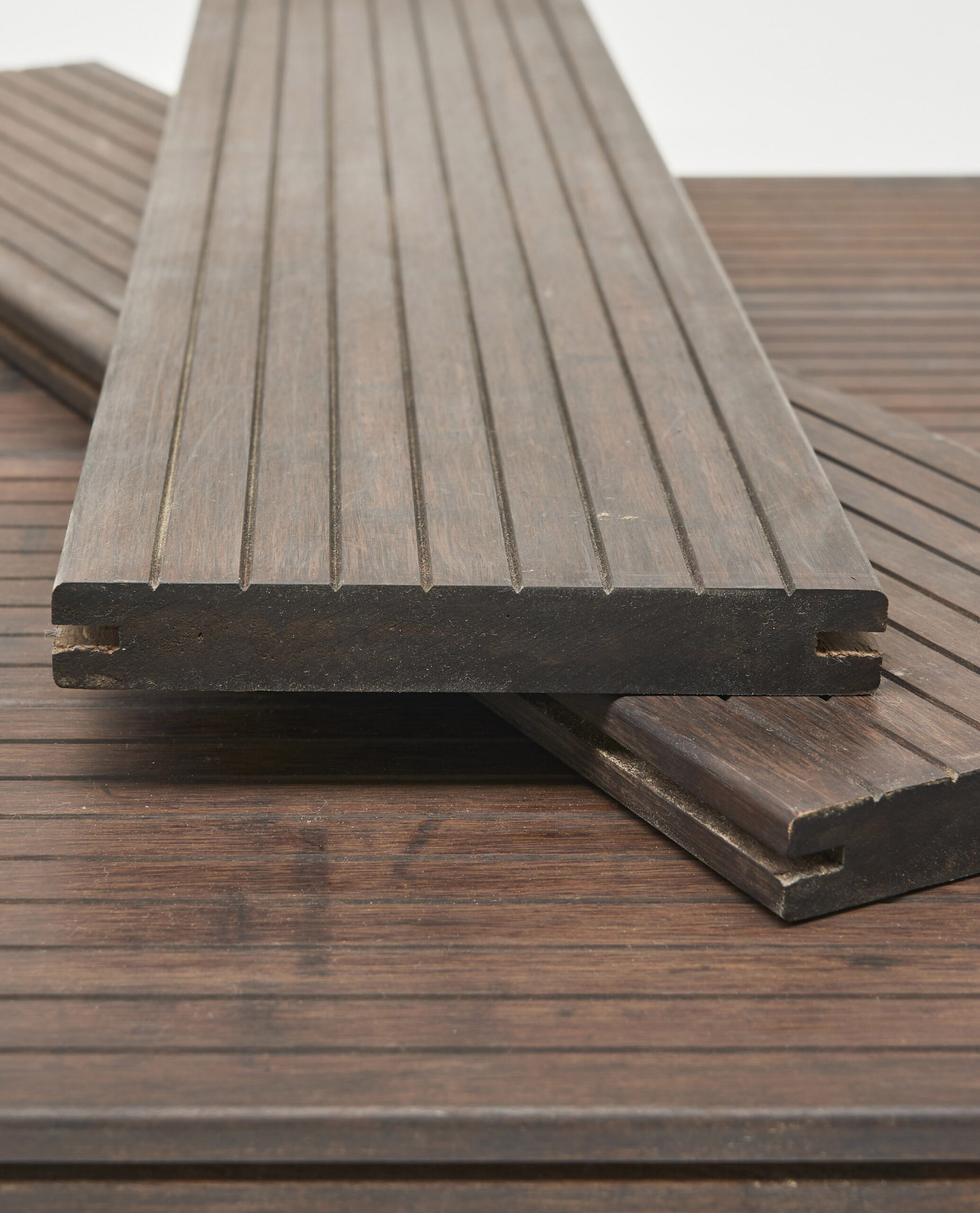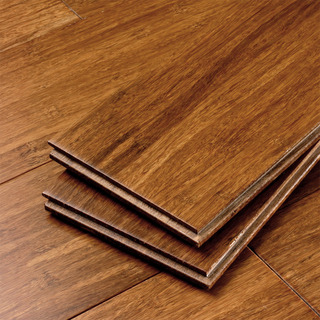Why Sustainable Bamboo Decking Is the Best Choice for 2026
As we look ahead to 2026, the importance of sustainability in construction and design continues to gain momentum. Homeowners, builders, and architects alike are increasingly seeking materials that not only fulfill aesthetic and functional requirements but also align with environmentally conscious practices. Among these materials, sustainable bamboo decking stands out as a top choice, offering a unique blend of beauty, durability, and ecological responsibility.
The Rise of Bamboo in Construction
Bamboo has long been revered in many cultures for its versatility and strength. In recent years, however, it has gained traction in the construction industry as a sustainable alternative to traditional timber. This shift is driven by several factors:
Rapid Growth: Bamboo is one of the fastest-growing plants on Earth, capable of reaching maturity in just three to five years. This rapid growth cycle means that bamboo can be harvested sustainably without depleting forest resources.
Renewable Resource: Unlike hardwoods, which can take decades or centuries to mature, bamboo can be harvested regularly while allowing the root system to remain intact. This characteristic makes bamboo a highly renewable resource, contributing to forest conservation.
Carbon Sequestration: Bamboo absorbs significant amounts of carbon dioxide as it grows, helping to mitigate climate change. Choosing bamboo decking means supporting a material that actively contributes to carbon reduction.
Strength and Durability
One of the standout features of bamboo decking is its remarkable strength and durability. When treated and processed correctly, bamboo can outperform many traditional hardwoods.
1. High Density and Hardness
Sustainable bamboo decking is engineered to be dense and hard, making it resistant to wear, scratches, and impacts. This durability is crucial for outdoor applications, where foot traffic and environmental exposure can take a toll on materials.
Moisture Resistance: Bamboo’s natural properties, enhanced through treatments like carbonization, reduce moisture absorption. This characteristic minimizes the risk of warping, swelling, and decay, ensuring that the decking maintains its structural integrity over time.
Insect Resistance: Treated bamboo is less appealing to pests such as termites and wood-boring insects, which can wreak havoc on traditional wood decking. This natural resistance reduces the need for harmful chemical treatments, promoting a healthier environment.
Aesthetic Appeal
Sustainable outdoor bamboo decking is not only functional but also visually stunning. The natural beauty of bamboo, with its unique grain patterns and rich tones, allows for versatile design options that can complement a wide range of architectural styles.
1. Variety of Finishes
Homeowners can choose from various finishes and colors, ranging from light natural tones to deep, rich hues achieved through treatments like carbonization. This variety enables customization, allowing homeowners to create outdoor spaces that reflect their personal style.
2. Timeless Elegance
Bamboo’s aesthetic appeal lies in its ability to convey a sense of warmth and elegance. It can seamlessly blend into both contemporary and traditional settings, enhancing the overall ambiance of outdoor areas.
Environmental Responsibility
As we move toward 2026, the demand for environmentally friendly products will only increase. Sustainable bamboo decking aligns perfectly with this trend, offering numerous environmental benefits.
1. Low Environmental Impact
The production of bamboo decking typically involves fewer resources than that of traditional hardwoods. Bamboo requires minimal water and pesticides, making it a more environmentally friendly choice. Additionally, the cultivation of bamboo can improve soil health and prevent erosion.
2. End-of-Life Sustainability
Bamboo is biodegradable, meaning that at the end of its life cycle, it can decompose naturally without contributing to landfill waste. This characteristic is increasingly important for environmentally conscious consumers who seek sustainable solutions.
Low Maintenance Requirements
One of the practical advantages of sustainable bamboo decking is its low maintenance needs. Traditional wood decking often requires regular sealing, staining, or painting to protect against moisture and UV damage. In contrast, bamboo decking is designed to be easy to care for.
Simple Cleaning: Regular sweeping and occasional washing with mild soap and water are typically all that’s needed to maintain the beauty and integrity of bamboo decking.
Longevity: With proper care, bamboo decking can last for many years, reducing the need for frequent replacements and further minimizing environmental impact.
Installation Considerations
To maximize the benefits of sustainable bamboo decking, proper installation is crucial. Here are some important points to consider:
1. Acclimation
Allowing bamboo planks to acclimate to the local climate for at least 48 hours before installation is essential. This step helps minimize the risk of warping or buckling after installation.
2. Professional Installation
While DIY installation is an option, hiring professionals experienced in bamboo decking can ensure that the planks are installed correctly. Proper installation techniques are vital for maximizing the performance and lifespan of the decking.
3. Solid Substructure
A well-constructed substructure is crucial for the longevity of the decking. Ensure that the framework is adequately supported and that proper drainage is in place to prevent water accumulation.
Economic Viability
Investing in sustainable bamboo decking is not just an environmentally responsible choice; it also makes economic sense. While the initial cost may be comparable to or slightly higher than traditional wood, the long-term savings can be significant.
1. Reduced Maintenance Costs
With low maintenance requirements and high durability, bamboo decking can lead to substantial savings over time. Homeowners can enjoy their outdoor spaces without the ongoing costs associated with regular upkeep.
2. Longevity and Replacement Costs
The long lifespan of bamboo decking means that homeowners are less likely to face the costs of replacement or extensive repairs. This durability translates into a better return on investment compared to traditional wood decking, which may require more frequent replacements.
Conclusion
As we approach 2026, the need for sustainable building materials will continue to rise. Sustainable bamboo decking represents a compelling choice for homeowners and builders looking to create beautiful, functional, and eco-friendly outdoor spaces. With its remarkable strength, aesthetic appeal, and environmental benefits, bamboo decking is poised to become a leading option in the decking industry.
By choosing sustainable bamboo decking, consumers not only enhance their living spaces but also make a positive contribution to the environment. Embracing this innovative material ensures that outdoor areas remain beautiful and durable while supporting a more sustainable future for our planet. As awareness of environmental issues grows, sustainable bamboo decking stands out as the best choice for those looking to make a lasting impact in the coming years.

回答
まだコメントがありません

新規登録してログインすると質問にコメントがつけられます